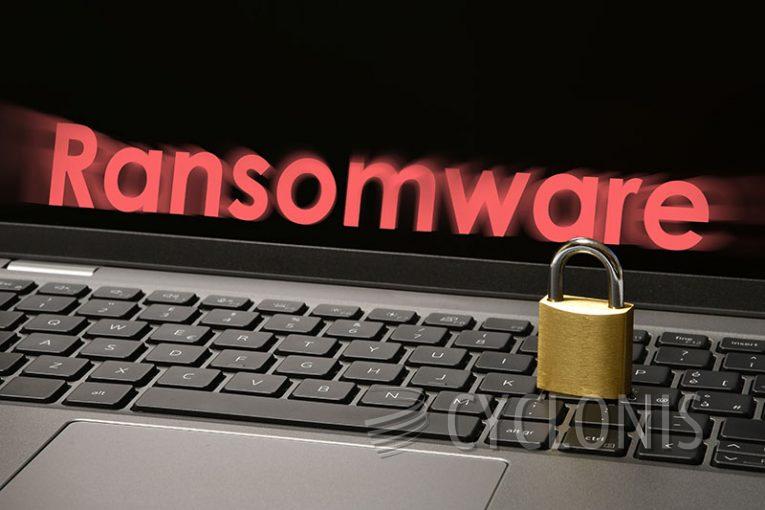Resq100 Ransomware Threatens to Leak Data

During a routine examination of new file sample submissions, our team of researchers made a significant discovery regarding the Resq100 malicious software. This particular program falls under the category of ransomware, a type of malicious code that encrypts files and demands payment in exchange for their decryption.
Upon testing Resq100 on our designated system, we observed that it encrypted files and appended a ".resq100" extension to their original filenames. For instance, a file originally named "1.jpg" would be displayed as "1.jpg.resq100," while "2.png" would appear as "2.png.resq100," and so on. Following this encryption process, the ransomware generated a ransom note named "resq_Recovery.txt."
The ransom note associated with Resq100 ransomware explicitly informs the victim about the encryption of their files. Furthermore, it asserts that sensitive data has been extracted from the network. The message urges the victim to initiate contact with the attackers, emphasizing that failure to do so will result in the cybercriminals leaking the stolen data.
The Resq100 Ransom Note Threatens to Leak Stolen Info
The full text of the Resq100 note reads as follows:
YOURWHOLE NETWORK HAS BEEN PENETRATED BY resq100!
As you can see we have penetrated your whole network due some critical network insecurities
All of your files such as documents, dbs and… Are encrypted and we have uploaded many important data from your machines,
and believe we us we know what should we collect.However you can get your files back and make sure your data is safe from leaking by contacting us using following details :
PrimaryEmail : resq100@onionmail.org
SecondaryEmail: resq100@cyberfear.comYour machine Id : -
use this as the title of your email(Remember, if we don't hear from you for a while, we will start leaking data)
How Can Ransomware Like Resq100 Infect Your Computer?
Resq100 and similar ransomware can infect your computer through various means. Here are some common methods used by ransomware to gain access to your system:
- Phishing Emails: Cybercriminals often distribute ransomware through deceptive emails that appear to be legitimate. These emails may contain malicious attachments or links that, when clicked or opened, initiate the download and execution of the ransomware.
- Malicious Websites: Visiting compromised or malicious websites can expose your computer to ransomware. These websites may exploit vulnerabilities in your browser or plugins to automatically download and install the ransomware without your knowledge.
- Malicious Downloads: Downloading files or software from untrusted or compromised sources can introduce ransomware into your system. This can happen when you download pirated content, software cracks, or unofficial applications that have been tampered with to include ransomware.
- Exploit Kits: Ransomware can exploit vulnerabilities in your operating system or installed software. If your system is not up to date with the latest security patches, it becomes more susceptible to these exploits. Once a vulnerability is exploited, the ransomware gains access and starts encrypting your files.
- Social Engineering: Ransomware can also be delivered through social engineering techniques. For example, cybercriminals may pose as legitimate entities or individuals, tricking you into downloading and executing malicious files or visiting compromised websites.








